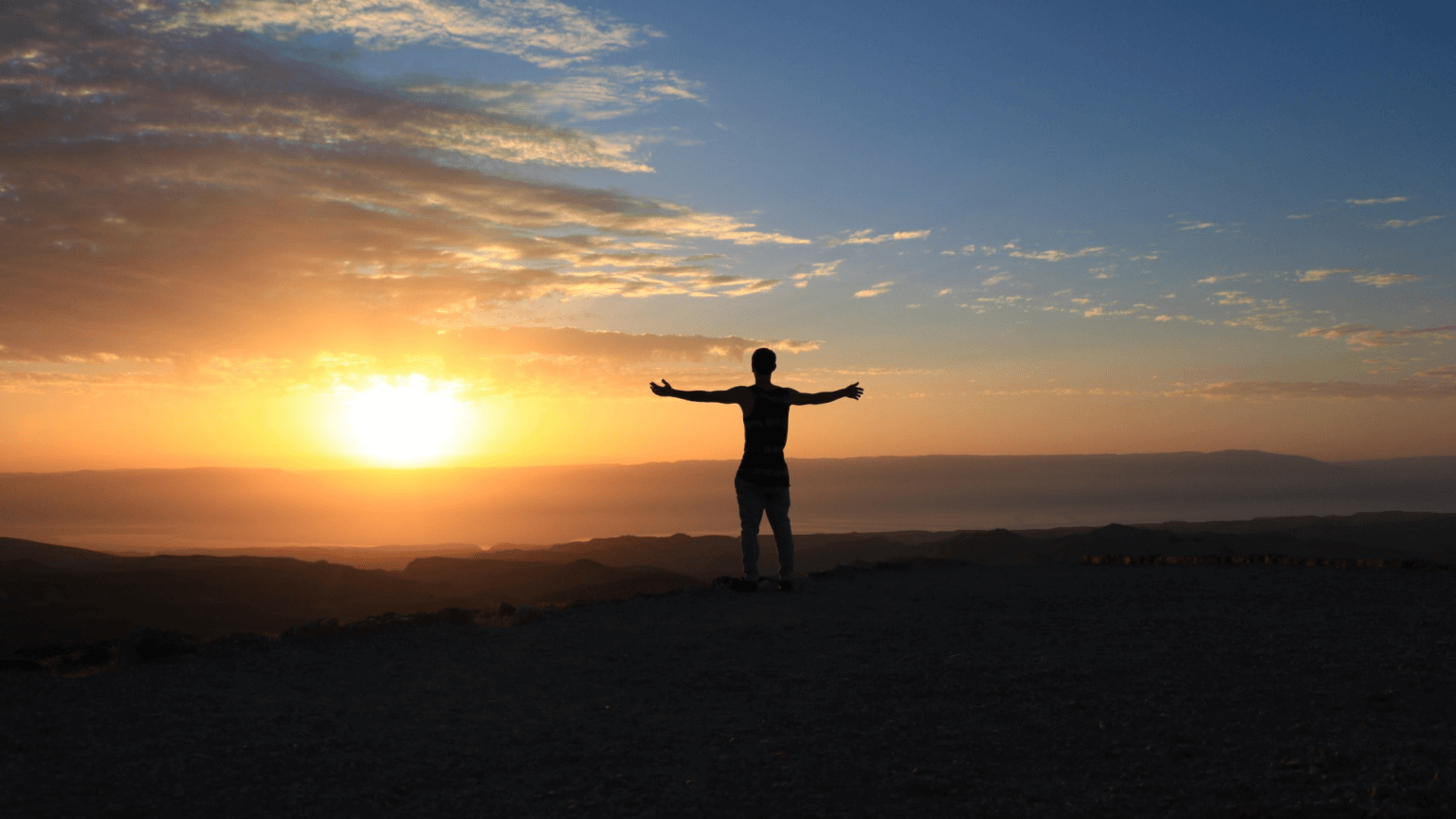Lifestyle is more than just the way we live—it reflects our habits, priorities, and values. In today’s fast-paced, digitally connected world, lifestyl
Lifestyle is more than just the way we live—it reflects our habits, priorities, and values. In today’s fast-paced, digitally connected world, lifestyle choices have become both more complex and more customizable. People can design daily routines around personal goals, cultural influences, and technological conveniences. Yet, this freedom also brings challenges, as individuals often struggle to balance health, work, relationships, and self-fulfillment.
This article explores the key trends shaping modern lifestyles, the challenges people face, and strategies for creating a more balanced, meaningful way of living.
The Rise of Wellness as a Lifestyle Priority
Over the last decade, wellness has become one of the most influential lifestyle trends. Unlike traditional fitness culture, which primarily focused on physical appearance, wellness emphasizes holistic health: mental, emotional, physical, and even spiritual well-being.
-
Nutrition and mindful eating: Consumers are increasingly aware of what they eat. Plant-based diets, organic foods, and functional beverages like kombucha and matcha have become staples in many households. Apps now track not just calories but also nutrient balance and hydration.
-
Mental health awareness: Therapy, meditation, and mindfulness practices are now normalized, breaking down stigmas. Digital tools like Calm or Headspace make relaxation more accessible.
-
Preventive healthcare: People are investing in preventive measures—regular checkups, supplements, and wearables that monitor sleep and heart rate—rather than waiting for illness to strike.
This shift toward wellness represents a cultural change: people see lifestyle as the foundation of long-term health, rather than a luxury add-on.
Technology and the Digital Lifestyle
Technology has infiltrated every corner of daily living, changing how we communicate, shop, learn, and entertain ourselves. Smartphones are essentially lifestyle hubs, managing calendars, meals, finances, and social networks.
-
Work from anywhere: Remote work, once rare, has become a permanent feature for many industries. This flexibility allows for greater freedom but also blurs the line between professional and personal time.
-
Digital communities: Social media creates new avenues for connection and self-expression, but it also raises questions about authenticity and mental health. People are increasingly curating not just their feeds but also their digital detox routines.
-
Smart living: IoT devices such as voice assistants, robotic vacuums, and smart lighting transform homes into responsive, efficient spaces.
While digital tools offer convenience, overreliance on them can lead to burnout or isolation. As a result, “digital balance” is now a critical lifestyle goal for many.

Sustainability and Conscious Living
A growing number of people view lifestyle choices through the lens of sustainability. Conscious living is not just about reducing environmental impact; it’s also about aligning consumption habits with personal values.
-
Minimalism: Inspired by both design trends and a desire to reduce stress, minimalism emphasizes owning fewer but higher-quality items.
-
Eco-friendly choices: From reusable bottles to electric cars, sustainability has entered mainstream consumer behavior. Fashion, in particular, is undergoing a shift toward slow fashion and recycled materials.
-
Local and ethical consumption: Many now prefer supporting local businesses, farmers’ markets, and ethical brands over mass-produced goods.
Living consciously provides a sense of purpose, helping individuals feel that their lifestyle contributes positively to the planet and society.
Work-Life Balance in the 21st Century
The traditional 9-to-5 routine is evolving. Flexibility has become a top lifestyle priority, especially for younger generations who value freedom as much as financial stability.
-
Hybrid work models: Companies are experimenting with three-day office weeks, remote-first cultures, and even four-day workweeks.
-
Side hustles and entrepreneurship: Many are pursuing passion-driven projects alongside their jobs, enabled by online platforms.
-
Burnout awareness: The hustle culture of the 2010s is slowly giving way to an emphasis on boundaries, rest, and recovery.
Achieving work-life balance is now seen as essential for long-term well-being, rather than a luxury reserved for a few.
The Social Dimension of Lifestyle
Lifestyle is also defined by the way we connect with others. Social interaction is shifting due to demographic changes, global mobility, and digital tools.
-
Redefining family and relationships: Non-traditional family structures, co-living arrangements, and chosen families are becoming more common.
-
Travel as identity: For many, travel is no longer occasional recreation but a defining lifestyle element. Digital nomads, for example, structure their entire lives around global exploration.
-
Community belonging: People seek connection not just geographically but through interest-based communities—fitness groups, book clubs, online forums, and cultural organizations.
In an increasingly individualistic culture, belonging and connection remain central to lifestyle fulfillment.
The Role of Leisure and Creativity
Leisure is no longer simply about rest; it’s about self-expression, exploration, and personal growth.
-
Creative hobbies: Painting, photography, and music are making a comeback as people seek non-digital outlets.
-
Wellness tourism: Yoga retreats, spa vacations, and hiking trips blend leisure with personal growth.
-
Everyday creativity: Even cooking, gardening, or home design has become a way for individuals to express lifestyle choices.
Creativity enriches modern living by providing balance against the rigidity of work and technology.
Challenges of the Modern Lifestyle
While opportunities for designing a fulfilling lifestyle abound, modern living is not without obstacles:
-
Information overload: Constant connectivity leads to mental fatigue.
-
Inequality of access: Not everyone has equal resources to pursue wellness, travel, or flexible work.
-
Pressure of perfection: Social media often creates unrealistic standards for what an “ideal” lifestyle should look like.
Acknowledging these challenges is the first step toward making lifestyle choices that are realistic and meaningful.
Strategies for a Balanced Lifestyle
Creating a fulfilling lifestyle does not require radical change—it’s about intentionality. A few guiding principles can help:
-
Prioritize health first – build routines around sleep, exercise, and nutrition.
-
Practice digital mindfulness – set boundaries for technology use.
-
Simplify consumption – focus on experiences over possessions.
-
Invest in relationships – nurture family, friends, and communities.
-
Allow flexibility – accept that lifestyles evolve with life stages and circumstances.
Ultimately, balance comes from aligning daily choices with long-term values.

Conclusion: Lifestyle as a Personal Blueprint
In the modern era, lifestyle is less about external definitions and more about personal design. Each person can choose how to integrate wellness, work, leisure, and values into their daily routines. Technology, sustainability, and social change continue to expand the range of possibilities, making lifestyle both more exciting and more complex than ever before.
The key lies in intentional living—making conscious choices that align with personal well-being and values, rather than chasing external trends. A meaningful lifestyle is not about perfection but about creating a blueprint that supports growth, joy, and balance in a rapidly changing world.

COMMENTS